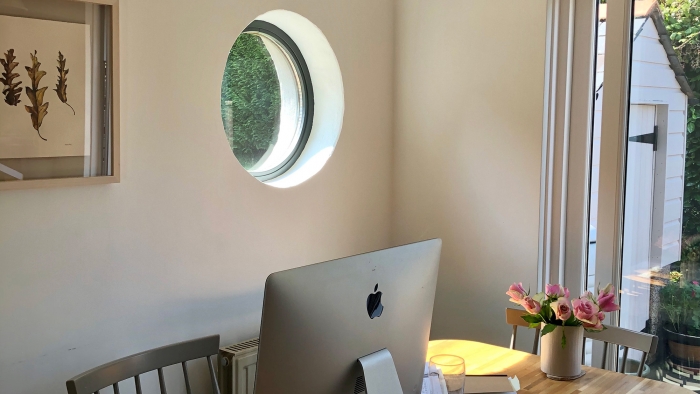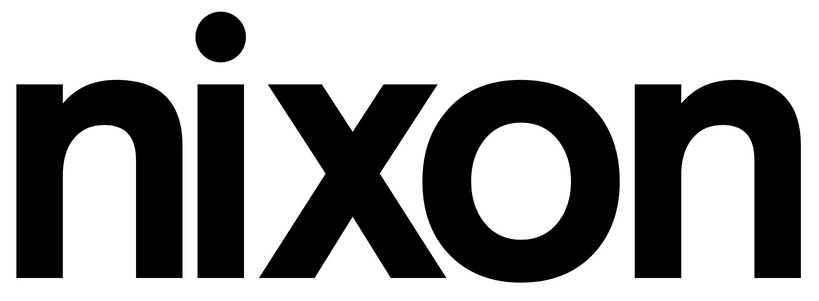Posted by Laura Ward
When the Covid-19 pandemic hit, companies found themselves tested in new and unprecedented ways – not least when it came to interaction with employees, clients and suppliers. With advice to work from home wherever possible, this resulted in needing to completely change the way we interacted and communicated with each other as a team, and with our clients.
Almost two years down the line, many teams are still working from home, and in some companies, remote working has officially replaced an office setting. Employees can be recruited from further away – in fact, almost anywhere – and some people hired during the pandemic have never visited their company’s office. Where remote working was once a necessity, for many people it’s now become a choice.


As team leaders, we’re responsible for keeping employees engaged and enjoying their work (according to Gallup, 70% of an employee’s engagement is attributable to their team leader). This can become more problematic when the majority of that team is working virtually. Back in 2020, the biggest aim within Nixon was to minimise the overall disruption as much as possible and to ensure communication between the team remained as high as it was before. Our team dynamic has always been one of our strongest advantages, and there was a fear that this could fall apart with everyone separated for an indefinite period of time.
The responsibility for maintaining engagement and morale puts a lot of pressure on leaders, who need to find new ways of working and have to react quickly to a changing working environment. So, with more employees now asking to work from home, whether full time or part time, how can you keep your team engaged and preserve (or enhance) its culture?
Get everyone talking
Whether on a video call or in person, there will always be people who naturally speak more, and those who are more reserved. However, online meetings, in which it’s harder to judge the right time to speak, can make this problem worse. Add to this the fact that at least half your team are probably muted (thanks to the various distractions of pets, children, doorbells or partners also working at home), and it becomes even more difficult.
At Nixon, we’ve changed the agenda for our weekly team meeting (now online), with the aim of encouraging everyone to speak, if only for a short while. We also focus on talking through what we’ve been up to in the previous week, what’s coming up in the next few days and what projects people have been working on. This helps to keep everyone feeling like they’re still working as part of a team and limits feelings of isolation, which can creep in when working remotely for any significant period of time. On top of this, department meetings are held each week, to allow each team to chat together about the upcoming week and discuss workloads.
Create space for support
Knowing that each employee is likely to need some extra support from time to time, we’ve introduced monthly one-to-one catch-ups with team leaders (via video call) to ensure that there’s a positive outlet in which to voice any concerns or things they’d like the company to do more of. This also creates space to talk outside of the formal appraisals process, which makes it far easier for us to react quickly to ideas and suggestions, in a way that feels more dynamic.
Remember the importance of informal chat
One of the main areas of improvement has been the introduction of the messaging app, Slack. This allows the team to chat in a similar way to when they were in the office together, as it’s a more informal communication tool than the internal systems used for project work.
On top of this, we’ve introduced team get-togethers (virtually!), which are held most weeks, with fun quizzes and games. We’ve also sent out snack boxes and asked everyone to vote for their favourite treats, held virtual drinks, and so on. With an eye to wellness, we’ve also signed up to the employee benefit scheme Heka, through which Nixon gives each team member a monthly pot of money that can be spent on wellbeing items from mental, physical and lifestyle categories.

Be flexible
Above all, embracing the opportunity to work flexibly has made remote working a positive experience for us all. Allowing the team to challenge the traditional nine-to-five helped ease the transition to home working during the early days, especially when areas such as childcare became tricky during lockdown.
As time has gone on, we’ve found that a rigid setup simply isn’t for us – we’re unashamedly a people-first organisation, and as creative people, it makes far more sense for team members to work when it suits them best. This means starting early if their peak time for inspiration is earlier, or taking a break when they need one (perhaps to have a walk), before coming back refreshed. In this way, we can get the best out of our team and produce the highest quality work for our clients. For us, it’s a win-win situation.
Where next?
Our remote working setup began as a contingency plan for keeping people as upbeat as possible during a really difficult time. However, most of the team now enjoy working from home, so it’s likely that this will continue in some form going forward. The Nixon studio is an inspirational space, and it’s always a pleasure when we can all get together, but an upshot of everything is that this studio space has stretched – as the world adapts, our team dynamic adapts with it.

